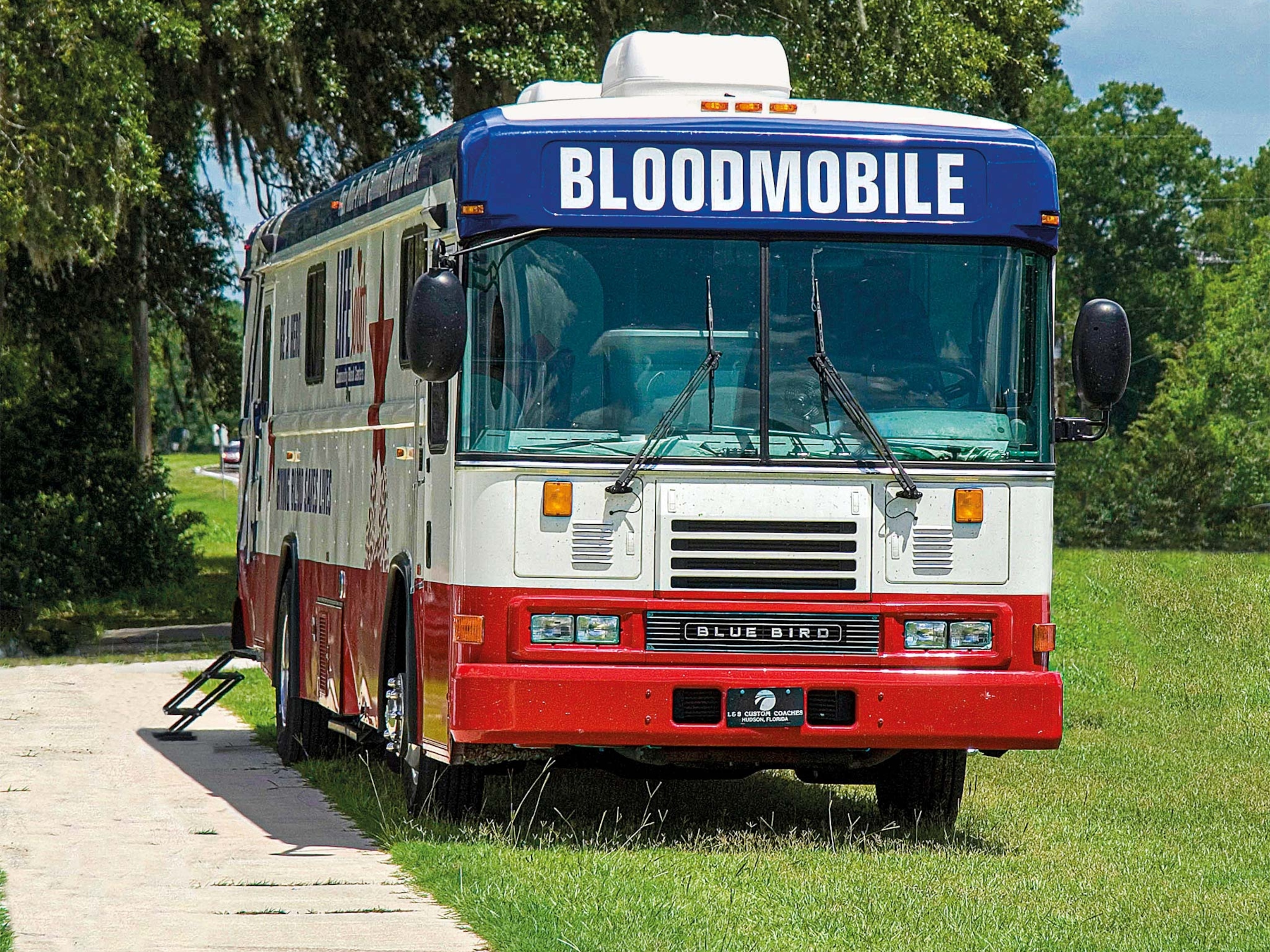



Detroit Teams Look to Innovation and the City’s Future
An inner city Detroit high school’s high-tech electric streamliner hit the Houston streets Saturday in a race for extreme energy efficiency. (See related photos: “Rare Look Inside Carmakers’ Drive for 55.”)
But unlike most futuristic vehicles competing in the annual Shell* Eco-marathon Americas competition this weekend, the battery-powered prototype tapped the latest smartphone technology to display battery life and collect data for future test runs.
Mentor and professional test engineer Paul Wright called this kind of innovation second nature for students of University of Detroit Jesuit High School, who engineered detachable steering wheels and Dr. Pepper-bottle pressurization systems. (Take the related quiz: “What You Don’t Know About Cars and Fuel.”)
“With the young people we have here, they don’t know what previous generations thought was impossible,” said Wright, who later pointed out the Electric Motor City Cub’s iPhone speedometer application. “This is absolutely amazing, and they don’t think of it as anything out of the ordinary.”
The Shell Eco-marathon Americas competition is moving from Houston to Detroit next year, bringing thousands of student engineers to the heart of United States motor industry.
“For Shell to invest in Detroit is a signal of confidence in a scrappy city that has been through some hard times but is coming back strong,” said Niel Golightly, Shell Corp.’s vice president of external affairs. “As bad a rap as Detroit gets sometimes, it has a long history of innovation. That legacy is going to carry on, and we want to be there, be a part of it and help it along.”

Wright hopes the competition builds a new generation of workers with a knack for science and engineering.
“If we get more Michigan high schools involved, we are going to grow an employee base that’s important for bringing Michigan back from financial crisis,” he said. “If we’re going to rebuild Detroit, let the young people who will be living there in the future design it.”
Moving the competition to school’s backyard also frees up financial resources for the vehicles, said Wright, who got involved when his son competed in past competitions and still lends a helping hand. This year, more than a dozen students – aptly named Ignatian Ignition — engineered both gas- and battery-powered prototypes for the race.
“There’s not a kit for these cars—everything is built from scratch,” Wright said. “Students are designing parts. You’d be amazed at the quality of work they’ve done.”
Students of the inner-city school reflected on the renewed spirit of the city while making last-minute adjustments to their vehicles Friday night.
“Detroit is a blank slate,” said junior Zachary Lewandowski, who will likely go out of state for college but return to find a job.
Team leader Jacob Byrd, who must trade his maroon and white jumpsuit for University of Michigan colors next year, sees new young thinkers and talent returning to Detroit.
“It’s part of the whole revival of car companies and atmosphere in the city,” Byrd said.

As the sunset on the energy city Friday, University of Michigan competitor John Rockwell and his team tested the breaks on their bright yellow Cypress II prototype, hoping to get 2,300 miles per gallon this year.
“I could imagine more auto industry involvement because the competition is going to be downtown,” Rockwell said. “Everyone is going to want to come down and watch.”
Moving the competition to Houston five years ago from California changed the energy of the event, said Ignacio Gonzalez, general manager for Shell Eco-marathon Americas.
“It was the first time in an urban environment with spectators—that really changed the ballgame,” Gonzalez said. “But we really wanted to move the journey to where the cars are being made and give Detroit a new layer of automotive innovation.”
A recent trip to the Motor City impressed Golightly, who remembers visiting the annual auto show at Detroit’s COBO Center as a kid.
“I can’t think of anything more appropriate than moving Shell Eco-marathon from the global capital of energy to the global capital of mobility,” he said.
*Shell is sponsor of the Great Energy Challenge. National Geographic maintains autonomy over content.
You May Also Like
Go Further
Animals
- This ‘saber-toothed’ salmon wasn’t quite what we thoughtThis ‘saber-toothed’ salmon wasn’t quite what we thought
- Why this rhino-zebra friendship makes perfect senseWhy this rhino-zebra friendship makes perfect sense
- When did bioluminescence evolve? It’s older than we thought.When did bioluminescence evolve? It’s older than we thought.
- Soy, skim … spider. Are any of these technically milk?Soy, skim … spider. Are any of these technically milk?
- This pristine piece of the Amazon shows nature’s resilienceThis pristine piece of the Amazon shows nature’s resilience
Environment
- Are the Great Lakes the key to solving America’s emissions conundrum?Are the Great Lakes the key to solving America’s emissions conundrum?
- The world’s historic sites face climate change. Can Petra lead the way?The world’s historic sites face climate change. Can Petra lead the way?
- This pristine piece of the Amazon shows nature’s resilienceThis pristine piece of the Amazon shows nature’s resilience
- Listen to 30 years of climate change transformed into haunting musicListen to 30 years of climate change transformed into haunting music
History & Culture
- Meet the original members of the tortured poets departmentMeet the original members of the tortured poets department
- Séances at the White House? Why these first ladies turned to the occultSéances at the White House? Why these first ladies turned to the occult
- Gambling is everywhere now. When is that a problem?Gambling is everywhere now. When is that a problem?
- Beauty is pain—at least it was in 17th-century SpainBeauty is pain—at least it was in 17th-century Spain
Science
- Here's how astronomers found one of the rarest phenomenons in spaceHere's how astronomers found one of the rarest phenomenons in space
- Not an extrovert or introvert? There’s a word for that.Not an extrovert or introvert? There’s a word for that.
- NASA has a plan to clean up space junk—but is going green enough?NASA has a plan to clean up space junk—but is going green enough?
- Soy, skim … spider. Are any of these technically milk?Soy, skim … spider. Are any of these technically milk?
Travel
- Could Mexico's Chepe Express be the ultimate slow rail adventure?Could Mexico's Chepe Express be the ultimate slow rail adventure?
- What it's like to hike the Camino del Mayab in MexicoWhat it's like to hike the Camino del Mayab in Mexico




